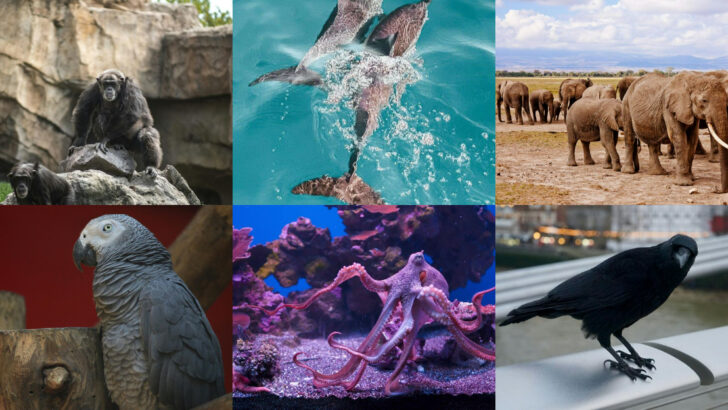Think humans are the smartest creatures on Earth? Think again.
From dolphins that can communicate through complex signals to crows that solve puzzles like seasoned detectives, the animal kingdom is bursting with brainpower. These creatures don’t just survive—they outwit, outplay, and outsmart in ways that will leave you questioning everything.
Some animals have developed skills and strategies so mind-blowing, they make human ingenuity seem basic. Imagine an octopus that can open jars, or a chimpanzee who can use tools with precision.
It’s time to throw away your assumptions and get ready to meet the animals that make humans look like amateurs. You might just rethink what “smart” really means!
Chimpanzees

Often seen as our closest relatives, these primates exhibit problem-solving skills and use tools with remarkable proficiency. In their natural habitats, they fashion sticks to extract termites, showcasing foresight and planning.
Chimpanzees also display complex social behaviors, such as forming alliances and demonstrating empathy. Their ability to learn sign language highlights their communicative competence, bridging the gap between human and animal interactions.
Researchers have observed them engaging in tactical deception, a trait once considered uniquely human, further emphasizing their cognitive depth. Their adaptability and emotional intelligence make them fascinating subjects for studies on animal cognition.
Dolphins
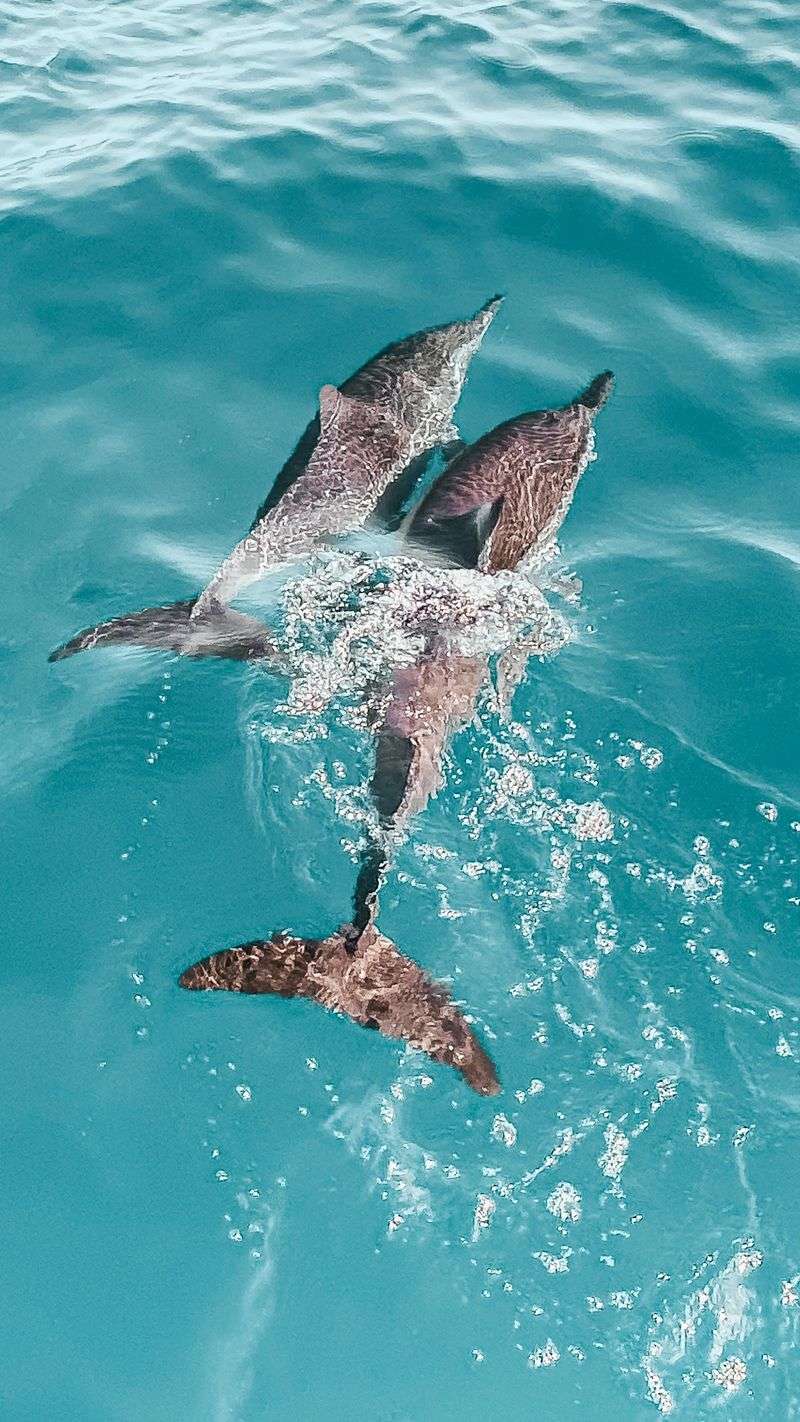
Renowned for their social intelligence, dolphins engage in sophisticated communication using a series of clicks and whistles. Their ability to work together in pods to hunt fish demonstrates strategic planning and cooperation.
Dolphins also exhibit self-awareness, a trait tested through mirror recognition experiments. Their playful nature is not just for amusement; it is a method of learning and social bonding.
These marine mammals can mimic human actions, showcasing their learning capabilities. Their complex social structures and behaviors challenge our understanding of non-human intelligence, inviting further exploration into their cognitive world.
Elephants

Majestic and wise, elephants are known for their exceptional memory and problem-solving abilities. They navigate vast landscapes, remembering water sources across miles.
Elephants exhibit empathy and mourning, behaviors considered hallmarks of advanced intelligence. In challenging environments, they use tools like branches to swat flies or scratch hard-to-reach places.
Their vocalizations, including infrasonic sounds, facilitate communication over long distances. These gentle giants also demonstrate cooperative behaviors, supporting sick or young herd members.
Their rich emotional lives and social complexities make them a subject of fascination and respect in the animal kingdom.
African Grey Parrots
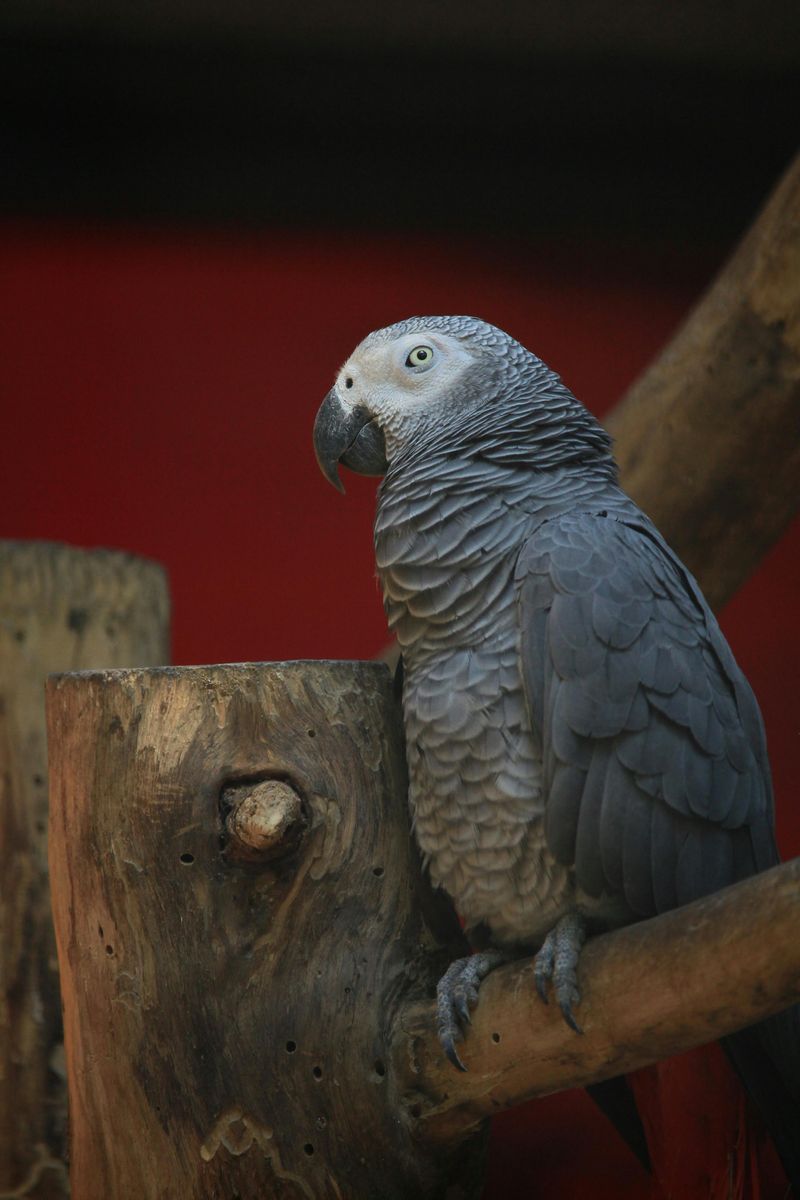
These parrots are celebrated for their exceptional vocal abilities and high intelligence. Known to mimic human speech with uncanny accuracy, they use words meaningfully rather than just repeating sounds.
African Grey Parrots can solve puzzles and understand concepts like shape, color, and number. Their problem-solving skills are matched by their emotional sensitivity, forming bonds with humans and other animals.
In research settings, they have demonstrated the ability to learn and use a substantial vocabulary. This remarkable cognitive prowess positions them as one of the most intelligent avian species known to science.
Octopuses

These invertebrates are notorious for their problem-solving and escape artistry. In laboratory settings, octopuses have been observed opening jars to retrieve food, showcasing their dexterity and intelligence.
Equipped with a decentralized nervous system, much of their ‘thinking’ occurs in their arms. They display the ability to learn through observation, mimicking behaviors they have not personally experienced.
Their use of tools, like coconut shells for shelter, reveals advanced planning. Octopuses also exhibit short-term and long-term memory capabilities, disproving notions that intelligence is limited to vertebrates.
Their unique behaviors continue to intrigue researchers worldwide.
Crows

Crows astound scientists with their tool-making skills and problem-solving abilities. In a notable experiment, a crow bent a piece of wire to fashion a hook and retrieve food from a container.
These birds also demonstrate advanced planning and saving behaviors, storing food for future use. In social settings, they engage in complex interactions and recognize human faces, remembering those they perceive as threats.
The intelligence of crows extends to their ability to mimic sounds and communicate within their groups. Their adaptability and cognitive skills make them one of the smartest birds.
Ravens
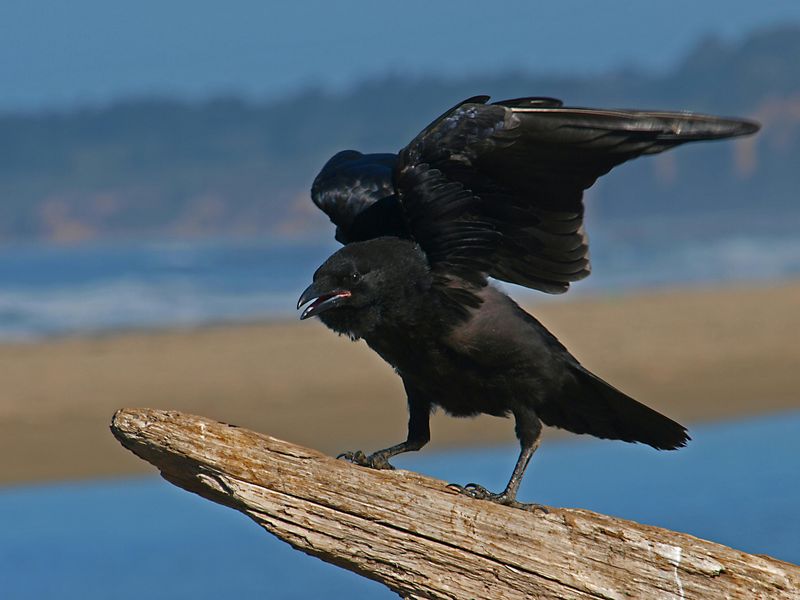
Known for their problem-solving prowess, ravens tackle complex tasks with ease. In experiments, they solve multi-step puzzles to obtain food rewards, demonstrating foresight and planning.
Ravens engage in playful behavior, often seen sliding on snow-covered roofs, which helps in social interaction and cognitive development. They possess the ability to mimic sounds, including human speech, adding to their communicative repertoire.
Their social intelligence is evident as they form lifelong bonds and cooperate in tasks. These characteristics underscore the deep intelligence of ravens, encouraging further study of their fascinating behaviors.
Pigs
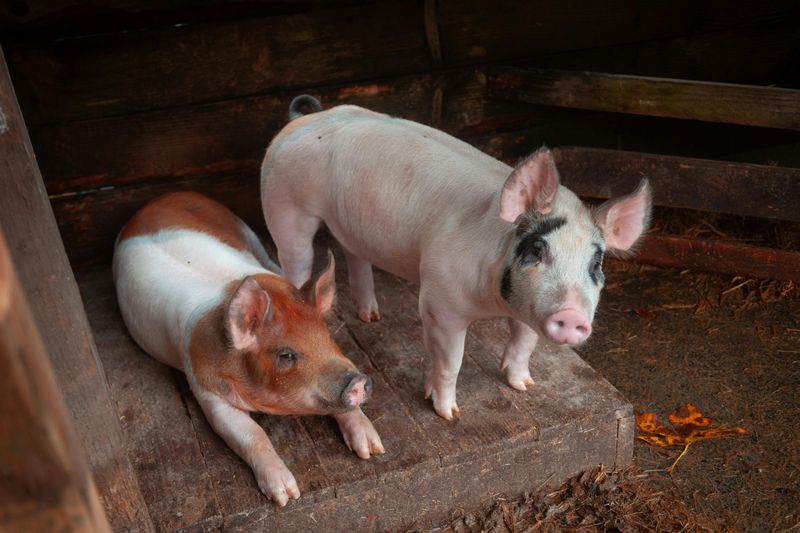
Despite being commonly underestimated, pigs exhibit a high level of intelligence. In research studies, they have successfully learned to manipulate a joystick to control a cursor on a screen.
Pigs are also aware of their environment, capable of solving mazes and remembering solutions. Their social behaviors include forming close bonds and understanding hierarchical structures.
These aspects are not just signs of intelligence but also emotional awareness. Pigs demonstrate curiosity and learning through exploration, challenging the notion of their intellect being inferior to traditional ‘smart’ animals like dogs and primates.
Orangutans

These great apes demonstrate ingenuity and foresight, especially in nest-building, where they construct elaborate structures using branches and leaves. Orangutans are adept at using tools to access food, such as sticks to retrieve insects.
Their problem-solving skills are complemented by their ability to learn from others, emphasizing social learning. They exhibit strategic thinking and emotional depth, forming profound connections with both humans and other orangutans.
The cognitive capabilities of orangutans continue to surprise researchers, offering insights into the evolution of intelligence and social behavior in primates.
Bottlenose Dolphins
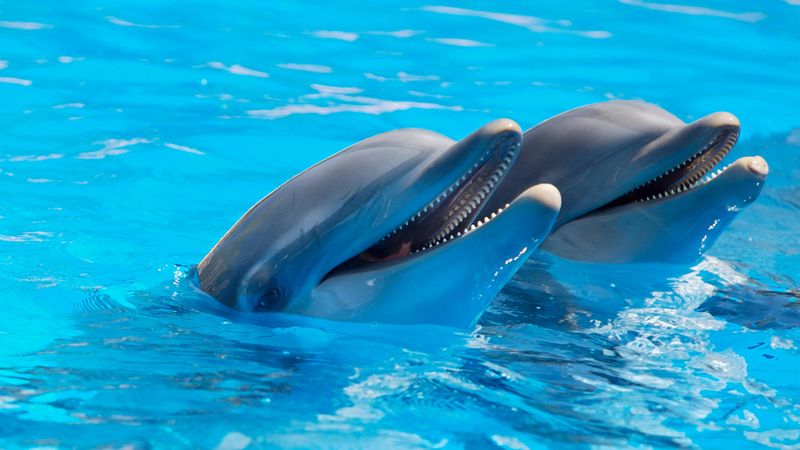
These intelligent marine mammals are experts in using tools, such as sponges, to protect their snouts while foraging. Bottlenose dolphins display complex communication skills, utilizing unique whistles to identify themselves.
Their social structures are intricate, with alliances and cooperative behaviors prevalent. Their learning extends to mimicry of human actions, showcasing adaptability.
Observations of their playful behavior suggest a method for social bonding and coordination. Their intelligence is not limited to individual tasks, as they demonstrate strategic thinking in group hunting scenarios, reinforcing their status as one of the ocean’s smartest inhabitants.
Gorillas
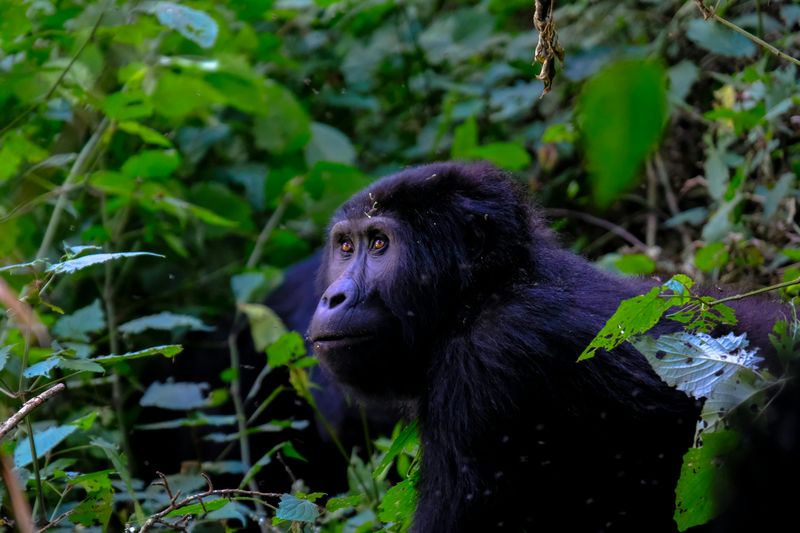
Gentle giants with profound intelligence, gorillas use tools in various contexts, such as sticks to measure water depth. They possess rich emotional lives, forming tight-knit family groups and showing empathy towards others.
Their communicative skills include a range of vocalizations and gestures, reflecting their complex social dynamics. In captivity, gorillas have learned sign language, enhancing their interaction with humans.
Their problem-solving abilities and memory are on par with other great apes, making them invaluable in studies of cognition. Their emotional and cognitive traits continue to captivate and challenge our understanding of primate intelligence.
Keas

Native to New Zealand, these alpine parrots are known for their inquisitive nature and problem-solving abilities. Keas have been observed unlocking latches and opening bins to access food, showcasing their ingenuity.
These birds engage in play, an important aspect of learning and social bonding. Their intelligence is further demonstrated by their ability to cooperate in group tasks, reflecting their complex social structures.
Keas are adept at adapting to new challenges, making them a subject of intrigue for researchers studying avian cognition. Their playful yet cunning behaviors highlight the diverse manifestations of intelligence.
Rats
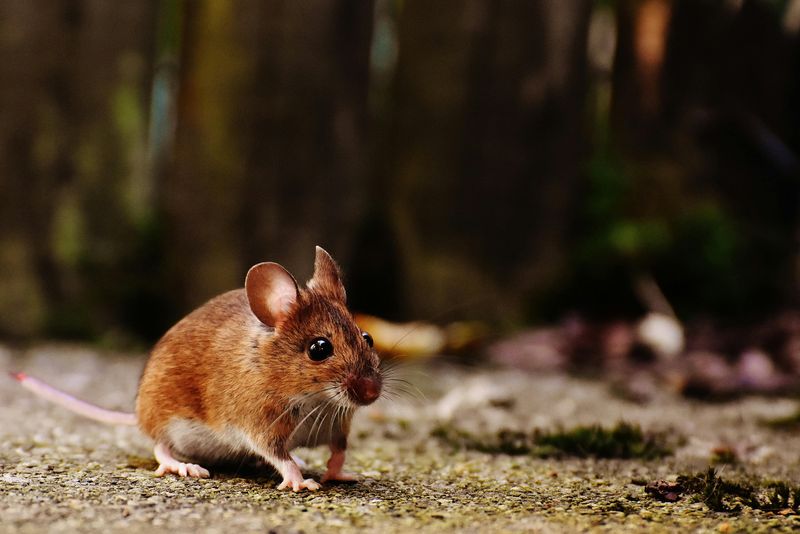
Though often overlooked, rats exhibit remarkable intelligence and adaptability. In laboratory experiments, they navigate mazes with speed and accuracy, demonstrating spatial awareness and memory.
Rats also engage in social learning, observing and mimicking the behavior of their peers to solve problems. Their capacity for empathy is evident in studies where they free trapped companions, prioritizing social bonds over rewards.
These traits underline the cognitive complexity of rats, challenging the stigma associated with them as mere pests. Their problem-solving skills and social intelligence make them valuable for research and understanding animal cognition.
Bees
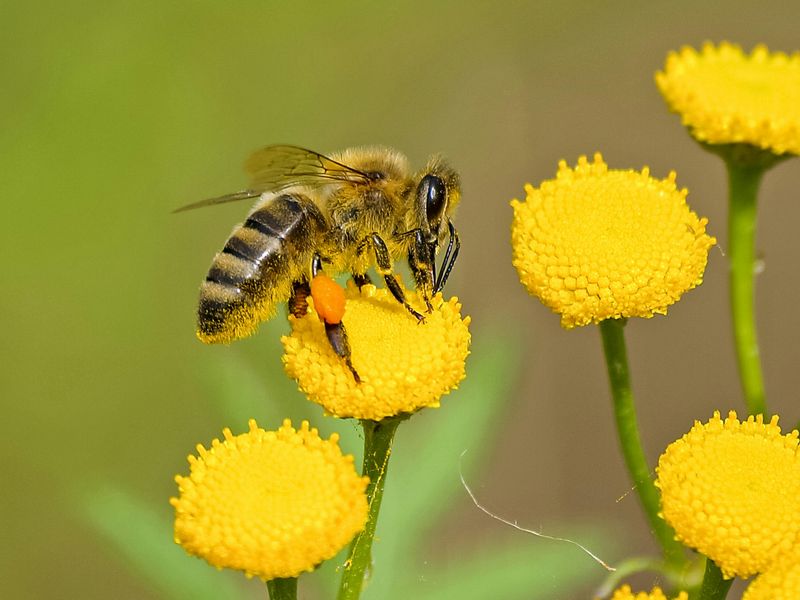
These small insects boast incredible cognitive abilities, including navigation and problem-solving. Bees use the sun as a compass, performing complex dances to communicate the location of food sources.
In laboratory settings, they have demonstrated the ability to solve puzzles, accessing hidden nectar through trial and error. Their social structures are a testament to collective intelligence, with each member performing crucial roles for the hive’s survival.
The sophisticated communication and coordination among bees highlight their intelligence, proving that brain size doesn’t necessarily correlate with cognitive capability. Their behaviors continue to inspire and inform scientific inquiry.
Ants
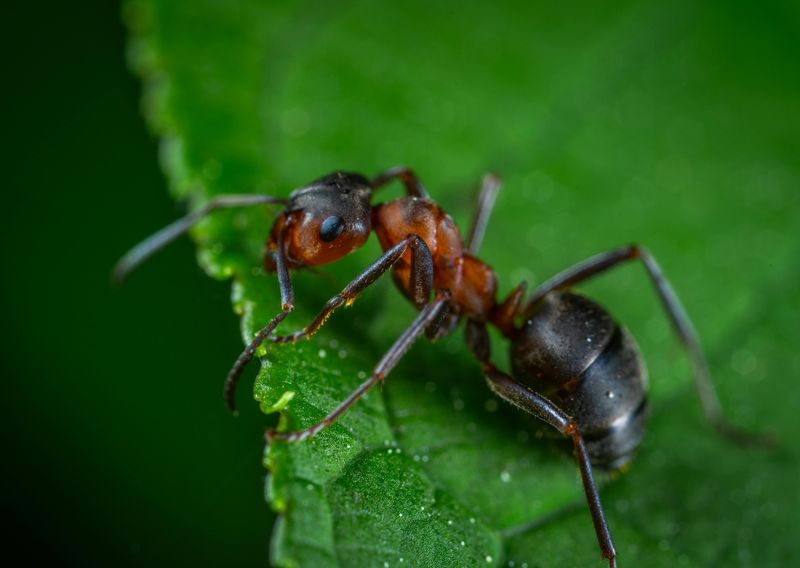
Exemplifying teamwork and strategic planning, ants operate in highly organized colonies. They communicate through chemical signals, coordinating efforts to overcome obstacles and gather resources.
Ants are capable of forming intricate networks, optimizing paths for efficiency in foraging. Their ability to adapt to environmental changes and solve problems collectively is a testament to their intelligence.
Observations of their cooperative behavior reveal a sophisticated level of social organization. Their collective decision-making processes offer insights into swarm intelligence, challenging preconceived notions of individual versus group cognitive abilities.
Sea Otters

Known for their playful demeanor, sea otters are proficient tool users, often seen using rocks to crack open shells. This behavior demonstrates problem-solving and the ability to use objects in the environment to achieve goals.
Their playful interactions are not just for entertainment but serve as a means for learning and social bonding. Sea otters possess a keen understanding of their surroundings, adapting their techniques to different challenges.
This adaptability, coupled with their tool-use, highlights their intelligence. Their behaviors offer a window into the cognitive capabilities of marine mammals.
Squirrels

Famed for their resourcefulness, squirrels display remarkable memory and strategic planning in food storage. They scatter hoard, hiding nuts in multiple locations to prevent theft.
Their ability to recall these hiding spots seasonally underscores their cognitive prowess. Squirrels also exhibit adaptive behaviors, altering their strategies based on environmental conditions and threats.
Their problem-solving skills are evident in their interactions with human-made obstacles, often devising clever solutions to access food. These traits emphasize their intelligence and adaptability, making them a common subject in studies of animal cognition and behavior.
Dogs

Man’s best friend is more intelligent than often acknowledged, especially in understanding and communicating with humans. Dogs use a variety of cues, such as body language and vocalizations, to convey their needs.
Recent studies have explored their ability to use buttons to express specific desires, showcasing their learning capacity. Their memory and problem-solving skills are evident in tasks like navigating mazes or following complex commands.
Dogs’ emotional intelligence allows them to form deep bonds and understand human emotions, reinforcing their status as intelligent companions. Their cognitive abilities continue to be a source of fascination and research.
Capuchin Monkeys
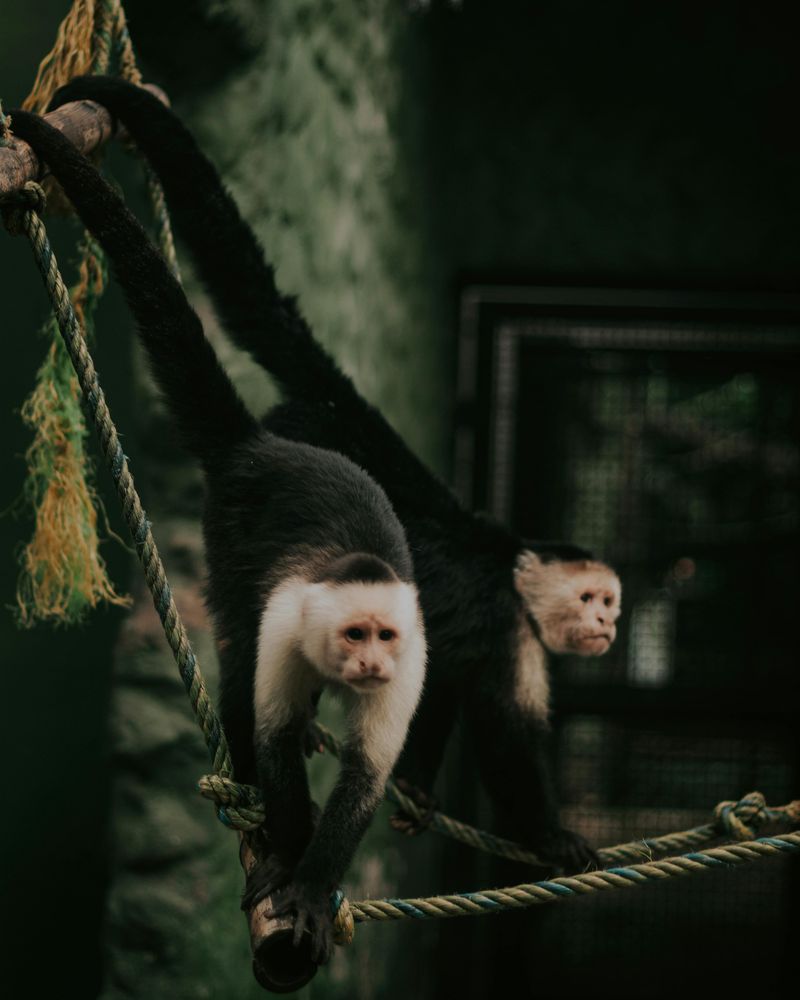
These small primates are adept tool users, employing rocks to crack open nuts, a skill that requires precision and understanding of cause and effect. Capuchins demonstrate social intelligence through complex communication and cooperation within their groups.
Their problem-solving abilities are highlighted in experiments where they learn and adapt to new challenges. Capuchins also exhibit cultural behaviors, passing down knowledge through generations, reflecting advanced cognitive processes.
Their intelligence is not just in tool-use but also in their ability to navigate social and environmental complexities, making them a fascinating subject for cognitive research.
Cockatoos

These charismatic parrots are celebrated for their problem-solving abilities and social intelligence. In experiments, cockatoos have been seen solving complex lock puzzles to access food, revealing their persistence and cognitive skills.
Their ability to mimic human speech adds to their communicative capabilities, allowing for interaction beyond typical avian calls. Cockatoos engage in playful behavior, often using objects as toys, which fosters learning and social bonding.
Their intelligence is evident in their adaptability and creativity, making them intriguing subjects for studies on avian cognition and behavior.
Cats
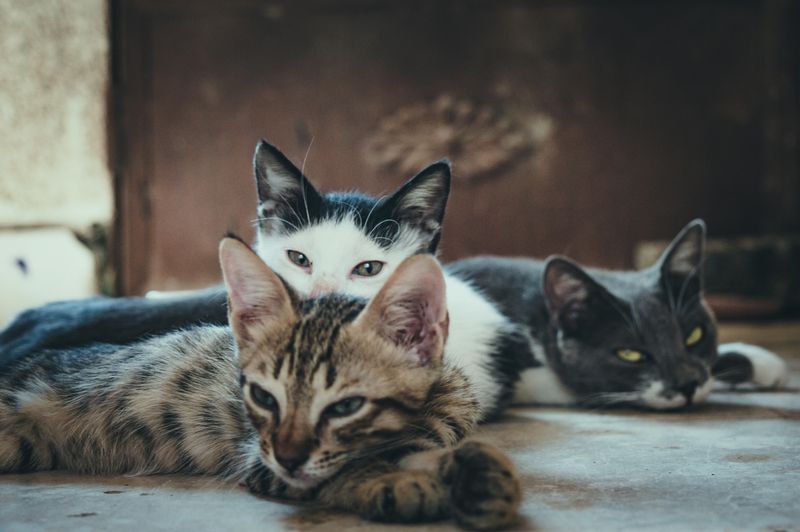
Though often perceived as aloof, cats demonstrate intelligence through problem-solving and social interactions. They learn routines and even manipulate their environment, such as opening doors or accessing food in clever ways.
Cats communicate with humans and other animals using a range of vocalizations and body language. Their hunting instincts highlight their strategic thinking and adaptability.
In research settings, cats have shown the ability to learn tasks similar to dogs, challenging stereotypes about their intelligence. Their cognitive abilities and independent nature continue to captivate cat lovers and researchers alike.
Bonobos
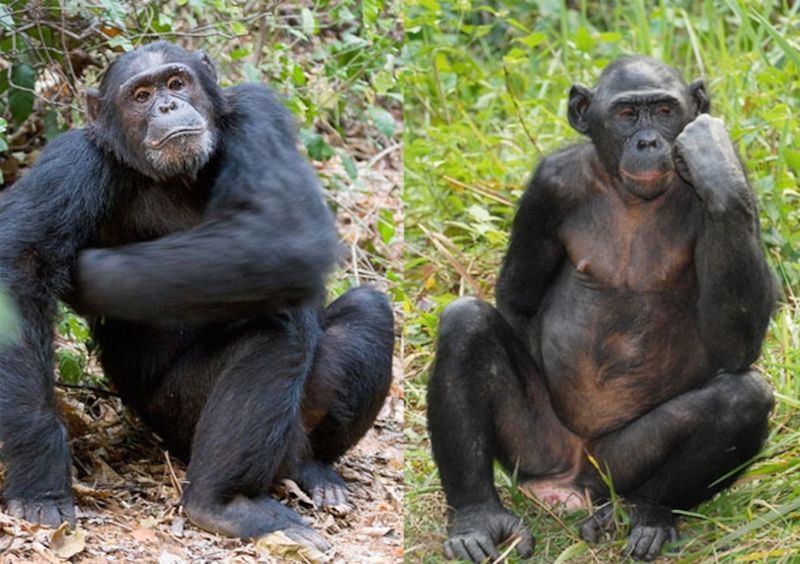
Closely related to chimpanzees, bonobos exhibit remarkable social intelligence and empathy. They use tools in their natural habitats to access food, demonstrating problem-solving skills.
Bonobos are known for their peaceful social structures, relying on cooperation rather than aggression. Their communication is sophisticated, involving vocalizations and gestures that facilitate complex interactions.
Bonobos also engage in social learning, observing and mimicking behaviors within their groups. Their emotional depth and cognitive abilities reflect highly evolved intelligence, offering insights into primate social dynamics and human evolution.
Prairie Dogs

These small rodents possess a rich communication system, using distinct calls to convey specific messages about predators. Prairie dogs display social intelligence, with complex interactions within their colonies.
Their ability to construct intricate burrow systems demonstrates strategic planning and cooperation. Prairie dogs also engage in grooming and other social behaviors that strengthen group bonds.
Their vocalizations are a subject of study, revealing a form of language that challenges assumptions about animal communication. These behaviors underscore their intelligence, contributing valuable insights into the social structures of animal communities.
Chickens

Often underestimated, chickens display surprising cognitive abilities, such as problem-solving and social interaction. In experiments, they have solved puzzles to access food, demonstrating foresight and learning.
Chickens communicate using a variety of calls, each conveying different meanings within their flocks. Their social hierarchies are complex, involving cooperation and competition.
These traits reveal an unexpected level of intelligence, challenging common stereotypes. Their behaviors and cognitive skills offer a deeper understanding of avian intelligence, encouraging a reevaluation of how we perceive and interact with farm animals.
Gray Wolves

Living in complex social structures, gray wolves demonstrate intelligence through coordinated hunting strategies. Their communication involves a range of vocalizations and body signals, ensuring effective cooperation within the pack.
Wolves exhibit problem-solving skills, adapting their tactics based on prey behavior and environmental conditions. Their social bonds are strong, with pack members supporting each other in various roles.
These traits highlight their adaptability and cognitive abilities, making them a subject of interest in studies of animal behavior and social dynamics. Their intelligence and social structures continue to captivate wildlife enthusiasts and researchers.

